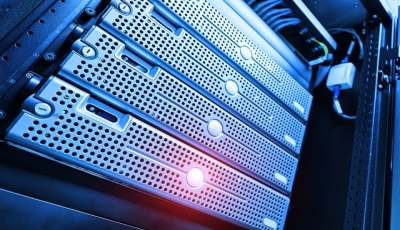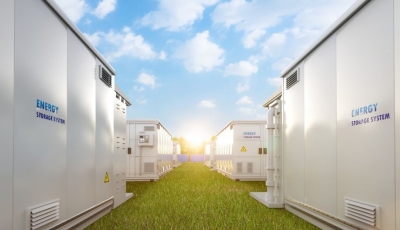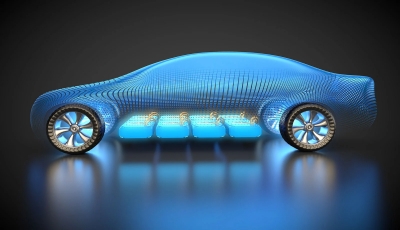Characteristics of a Great Liquid Cooling Plate
High Quality-price Ratio
Excellent Thermal Conductivity
Stable and Safe
Ease of Use

Electric vehicle battery and energy storage system production facilities require precise temperature control through heating and cooling to optimize battery operations and associated equipment, thereby enhancing operational efficiency.
XD 써멀 offers professional research and development expertise along with advanced production technologies, delivering the comprehensive liquid cooling solutions to clients. Our solutions aid in the smooth initiation and continuous operation of facilities, ensuring a path to success in the future.






Punched and brazed liquid cooled plates(cold plate) are a special type of heat sink that allows the coolant to be directed directly to the heat source, and the coolant is circulated through the coolant to achieve precise temperature control and efficient heat dissipation.
It combines the advantages of the stamping process and brazing technology by stamping the liquid cooling plate to form a certain internal piping or channel system for the flow of coolant (usually water or other cooling media), and then brazing the cooling structure to the heat dissipation surface using brazing technology, which can steadily and uniformly transfer heat from a heat source (such as a battery, a chip, an electronic component, or another), thus achieving effective thermal management. This enables stable and uniform heat transfer from the heat source (e.g. battery, chip, electronic component or other) and thus effective thermal management.
Punching:
The stamping process has the advantages of low cost and high production speed, and can efficiently produce large quantities of liquid-cooled panels. For example, with a production quantity of more than 1,000 sets, the finished product speed of stamping and brazing production is about three times faster than the finished product speed of water-cooled panels with extruded profiles.
Stamping process design is versatile, catering to diverse design requirements for various application scenarios. The fundamental shape and cooling structure of liquid cold plate can be achieved through the stamping process, enabling a comprehensive range of battery pack cooling designs.
Brazing:
Brazing technology is able to complete the connection of components at lower temperatures, which can ensure a solid connection between the cooling structure and the heat dissipation surface without affecting the properties of the pressed plate, combining different materials to ensure efficient heat transfer.
Brazing with high strength and corrosion resistance ensures the reliability and stability of liquid-cooled panels during long-term use for effective thermal management.
Materials:
In press brazed liquid cooling panels, we usually use aluminium for machining instead of copper or stainless steel. Although copper has excellent thermal conductivity and corrosion resistance, aluminium is a better choice as a raw material for applications that require high heat dissipation and want to have a lower cost. At the same time, aluminium is relatively light in density, so for applications where weight is critical (e.g. racing cars, aerospace liquid cooling panels) aluminium press brazed liquid cooling panels are better and more suitable.
Cost:
Under the conditions of mass production, press brazing liquid-cooled plates require fewer processes, no additional adjustment points, low material costs, simpler assembly, high yield, and the overall production cost is much lower than that of profile-type liquid-cooled plate.
Punching brazed liquid-cooled panels are widely used in aerospace, marine vessels, automotive (e.g. passenger cars, electric buses), energy storage systems, data centre servers, electronic equipment, and other applications where efficient heat transfer is required.
These plates offer cost-effective solutions in large-scale production while delivering efficient thermal management. They ensure the stability and performance of battery cooling systems under high loads, guaranteeing reliability in demanding operational conditions.




CONTACT US NOW !